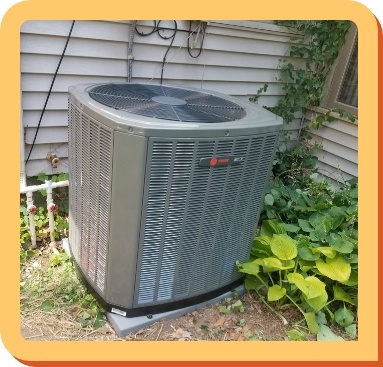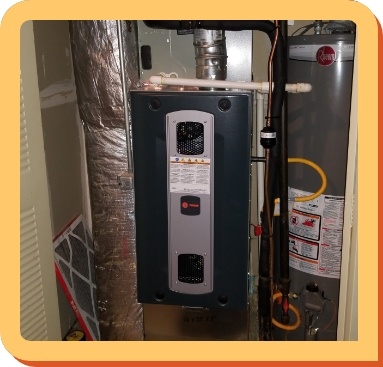AC Repair & Installation
Schedule an air conditioning tune-up for your heat pump or air conditioning system every spring. Most appliance warranties require it. Routine AC maintenance will also lower the cost of running your air conditioning system, prevent common repair issues, and extend the system’s life. Throughout the cooling season, monitor for potential signs of an air conditioning repair issue. These can include irregular cycling, uneven cooling, high humidity, and power-related problems, such as tripped circuit breakers.
If you have an older cooling system, it’s a great time to consider an AC replacement. The SEER ratings are much higher than they were a decade ago. Our AC installation services also include a custom load calculation. This will reveal how much cooling output your home needs. An accurate assessment will lower your costs both now and over the equipment’s life. Once you know the size you need, you can explore energy efficiency within that class. Many modern ACs are ENERGY STAR certified, which can allow you to claim rebates and other incentives.
Heating Replacement & Repair
Schedule tune-ups for your furnace this fall. This service provides the same benefits as maintaining your cooling system. If you have a fuel-burning unit, consider taking additional safety measures, as many households in this region do. Ventilation and combustion problems can lead to CO poisoning, so routine care for your combustion system helps you avoid the most common boiler and furnace repair issues.
Customers with older heaters should think about replacing them. Modern gas furnaces start at around 80% efficiency, offering a 10%-15% improvement over older models. You can also explore high-efficiency furnaces that deliver at least 90% efficiency, with some reaching as high as 98.5%. These systems often use condensing technology. Standard furnaces lose significant heat through their ventilation systems, but condensing models have a second heated exchanger to minimize these losses. Additionally, modulating systems precisely control the flow of gas into the burner.


